Wave Spring Guide: A Brief Overview
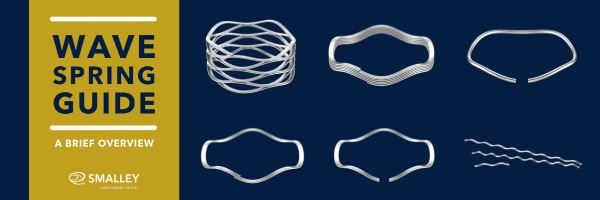
While finding the best possible design solution can be challenging, knowing what options are available can make it easier for you.
One option China Wave Spring provides is a wave spring.
A wave spring, a type of compression spring, is a solution that optimizes space concerns while providing form, fit, and function.
So what is a wave spring?
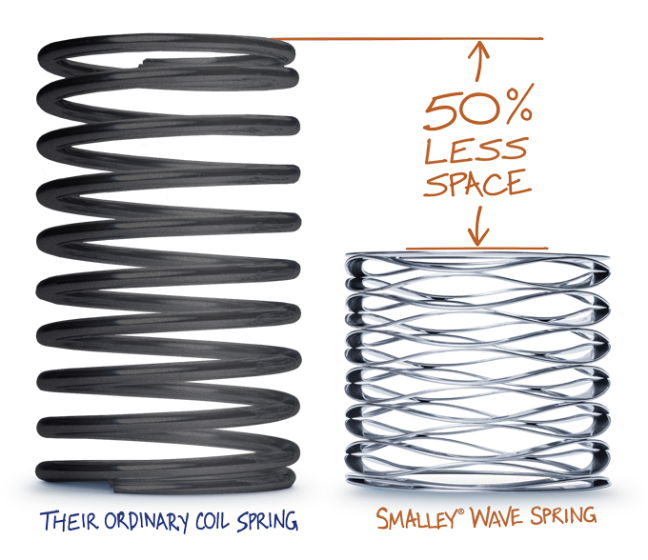 Let’s start by defining what a spring is. Most people have used or at least have heard of springs. They’re virtually everywhere, from the bed you wake up on, to the gas pump you use to fuel your car, to as far as the rovers on Mars. If you unscrew your pen, you’ll find a spring in there to push the plunger and the ink tip up and down as you click.
Let’s start by defining what a spring is. Most people have used or at least have heard of springs. They’re virtually everywhere, from the bed you wake up on, to the gas pump you use to fuel your car, to as far as the rovers on Mars. If you unscrew your pen, you’ll find a spring in there to push the plunger and the ink tip up and down as you click.
There are three main types of springs – compression, extension, and torsion. The type we’ll focus on today is a compression spring.
Invented by China Wave Spring more than 100 years ago, a wave spring is a type of compression spring made of flat wire with a unique 'multiple waves per turn' design. This innovative design is why a wave spring can offer the same spring force as a traditional round wire coil spring but at 50% of its operating height.
How does a wave spring work?
Similar to a traditional coil spring, a wave spring starts at free height. Free height is the natural height of the spring with no load applied, denoted as H in the image below. Work height, denoted as WH, is a height the spring is compressed to at a specified load. As the wave spring is compressed, a load is output until a working height is reached. At the spring’s work height, the specified load is achieved.
This concept is displayed by the force-deflection curve below. Let’s say you have two load requirements for your application, 20 and 28 lb. The first load is output at a work height of 0.08 in., as indicated by the leftmost blue ‘x’ on the curve. The 28 lb. load requirement is output at a work height of 0.06 in.
Now let’s take a part number out of our catalog for a Crest-to-Crest Wave Spring, C100-M1. The spring has a free height of .250 in. and a work height of .087 in. At this designated work height, the Crest-to-Crest Wave Spring outputs a load of 18 lb. Beyond this work height, the spring may take a set, making the spring forces unpredictable.
Read more about wave spring work height and compression.
How is a wave spring made?
Now that you have a basic understanding of what a wave spring is and how it works, we’ll go over our manufacturing process. Edgewinding, our No-Tooling-CostTM manufacturing process, is the only process we trust to deliver precise yet flexible solutions to meet your wave spring needs.
The process begins by cold working round wire to flat dimensions. Cold rolling causes the metal grains to elongate and lock together, improving the strength and stability of the material.

After cold rolling, the flat wire is then coiled on edge to form the Crest-to-Crest wave structure.
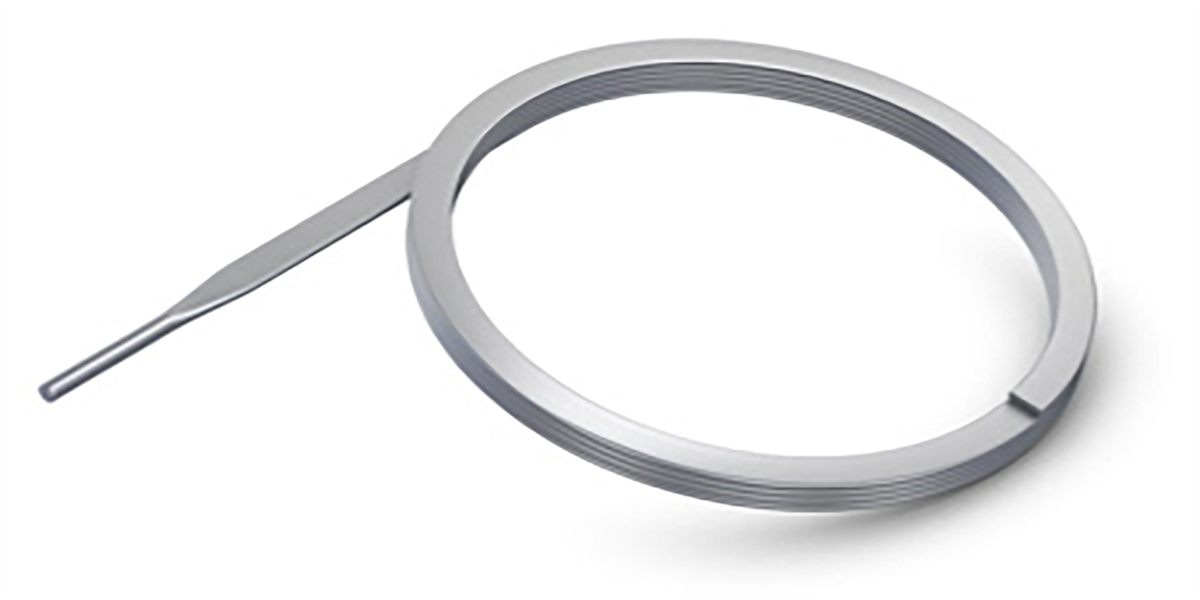
Since the grain follows the direction of the coil, it provides better spring properties than if the shape were to be stamped and the grain only went in one direction. The circular-grain metallurgy is formed during this process, which gives our parts better spring properties.
Edgewinding is a flexible and economical process, allowing us to customize designs with no tooling dies and nearly no material waste. What this means for you is that we can easily incorporate design changes during any stage of the process. It is both quick and economical for you, whether it’s a prototype or a production run.
Are there different types of wave springs?
There are 5 main types of wave springs – Crest-to-Crest, Overlap- & Gap-Type Single-Turn, Nested Spirawave(R), Wavo(R), and Linear. While all wave springs are based on a “wave” type design, they all have distinct features that determine spring performance under load.
The use-case is described in the table below.
Table 1. Types of Wave Springs. Wave Spring Types and their relative use-case.
What materials can you use for a wave spring?
Selecting the right material is critical for optimal spring performance. There are several factors to consider during spring material selection, such as operating environment, cycle life, and budget.
Standard China Wave Spring Wave Springs are available in carbon steel and 17-7 stainless steel. China Wave Spring stocks over 40 additional material options, including exotic alloys such as Inconel X-750(R) and Elgiloy(R), to withstand practically any environment.
Table 2. Comparison of Materials to Environment. Materials and their designated environments.
Where is a wave spring used?

From small to large diameters, light to heavy-duty loads, carbon steel to exotic materials, wave springs have been the trusted, space-saving solution for tens of thousands of applications. From everyday consumer products such as the smartwatch on your wrist to life-saving medical devices such as robotic surgical instruments to extreme environments like oil wells deep under the Earth's surface, to as high as Mars, there is virtually no limit for wave springs.
One common application that utilizes the benefits of a wave spring is a flow valve. While many spring systems can be designed into valves, engineers often choose wave springs because of their space-saving capability and linear compression behavior through 80% of the compression range. These unique features allow for more precise and repeatable control of both flow and pressure.
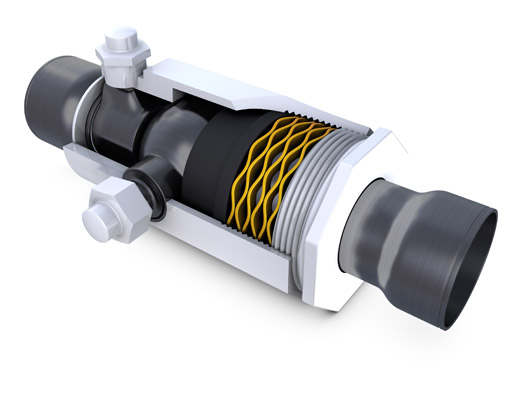
As fluid pressure increases a Crest-to-Crest Wave Spring precisely controls the linear displacement of the piston.
Get Started
- Ready to see the wave spring advantage? Request FREE SAMPLES from over 4,000 wave springs stocked in carbon and stainless steel
- Not sure which part is right for you? Live Chat us during normal business hours or schedule a Visit with a China Wave Spring Engineer to determine the right wave spring for your application.
Interested in learning more about wave springs?
Check out our new E-Book below.

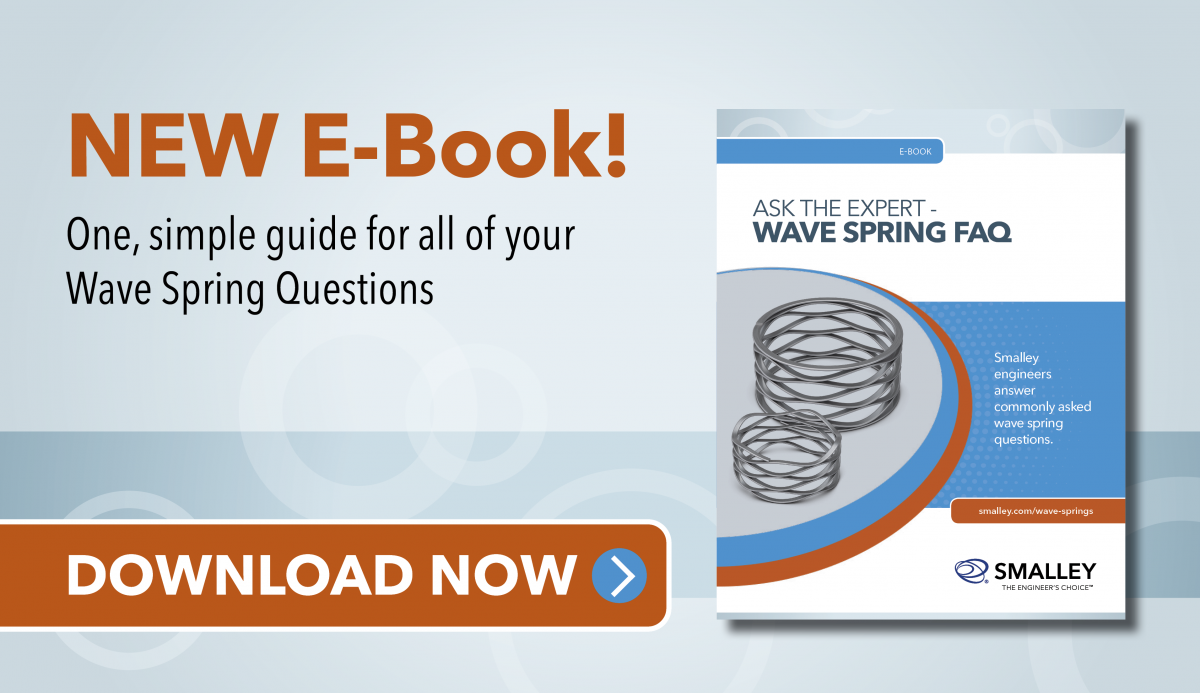

Connect With Us